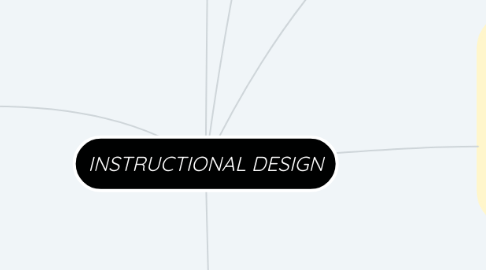
1. HOW
1.1. ADDIE
1.1.1. ANALYSIS - Analyze the current situation in terms of training, knowing gaps etc. - Start with a series of questions to understand the current situation and the goal of the training. - Generate a training plan that addresses who, what, when, where, why and how.
1.1.2. DESIGN - To make practical decisions. - Includes strategy, delivery methods, structure, duration, assessment and feedback.
1.1.3. DEVELOPMENT - Create the courses, add detail and polish to the course. - Adding graphics, choosing colors and deciding fonts. - Process should be iterative, test it out and make sure there are no errors (grammar, spelling, syntax)
1.1.4. IMPLEMENTATION - Share with the learner - Instructional designer should monitor the situation for any teething issues.
1.1.5. EVALUATION - Getting feedback
